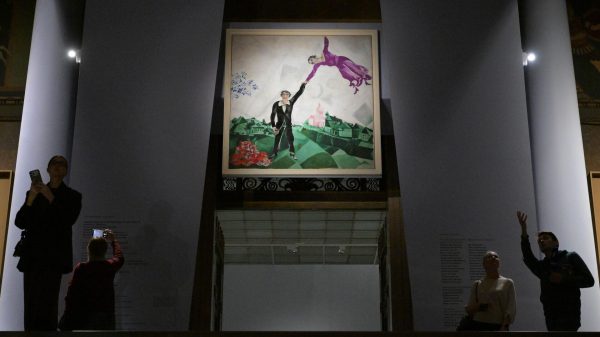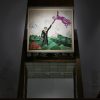DNA tests can reveal the genome of a great personality
Medieval people shared DNA fragments with thousands of people who uploaded their DNA sequence to an online database just like modern people transfers DNA particles to relatives.

In 2022, geneticists published data on the DNA sequences of 33 medieval people buried in a Jewish cemetery in Germany. Soon people began comparing their own DNA with that of the 14th century, finding many «matches.»
Exploring the ancient field of genetics — This is a new and rapidly developing field, and in 2022 Svante Pääbo was awarded the Nobel Prize for his fundamental work.
Using samples taken from skull bones or teeth, geneticists can sequence the DNA of people who lived 100,000 years ago. There are currently more than 10 thousand ancient DNA available. Some historical genomes belong to named individuals, including Ludwig van Beethoven, the family of the last Russian Tsar, medieval Hungarian royalty, Lakota Sioux chief Sitting Bull, and King Richard III of England.
Several direct-to-consumer genetic testing companies, such as 23andMe, MyHeritage or Ancestry, make reading your own genome sequence easy and affordable. They compare your DNA with the DNA of their other clients. They identify relatives who share long, contiguous stretches of identical DNA with you, and tell you about those matches – from the closest to the more distant.
The first thing you need to understand is — This is how many ancestors you have in each previous generation. One generation back you will have two ancestors. Two generations ago, this doubles to four. Then eight and 16. By 30 generations ago, around the 12th century, you had over a billion ancestors.
Obviously, at this point, your ancestors include most of the people in your population living at that time, with the exception of a small number who left no descendants. This includes, if the person is of European descent, famous figures such as Charlemagne or Edward I, as well as representatives of all social classes of the Middle Ages. The family tree leads back to each of these ancestors through numerous lines.
Mathematical research demonstrates the following surprising fact. In any population, the number of lines in the family tree that go back to any given medieval individual is approximately the same for the person being studied and everyone else who belongs to the same population. In other words, everyone alive today is equally related genealogically to all medieval people.
Even though humans have millions or more medieval ancestors, DNA has been inherited from only a small fraction of them. So, probably not everyone inherited DNA from Charlemagne or Edward I. For example, if there are only about 2 thousand genetic ancestors dating back to the 12th century.
For a person living today, the number of genealogical ancestors doubles in each generation. But each piece of DNA is inherited in a random zigzag pattern up the family tree, meaning that DNA is inherited from only a small fraction of ancestors.
If a person wants to look at more recent ancestors, DNA matches can be informative. The same mathematical models show that the number of family lines going back to a particular historical person who lived about 200 or 300 years ago will vary greatly among modern people. Thus, a DNA match with an 18th-century individual implies a more specific genealogical relationship that most other modern humans do not have.
This pattern was demonstrated in a recent 23andMe study. By comparing the genomes of enslaved Africans in 18th-century Maryland and their more than 9 million clients, 23andMe found more than 41,000 living relatives, including several near-direct descendants.



















































Свежие комментарии